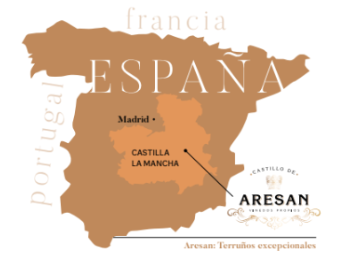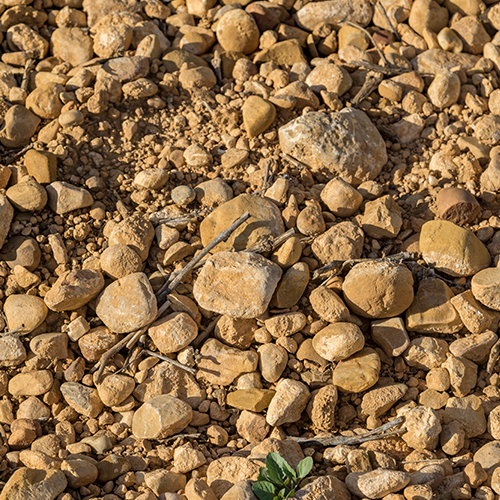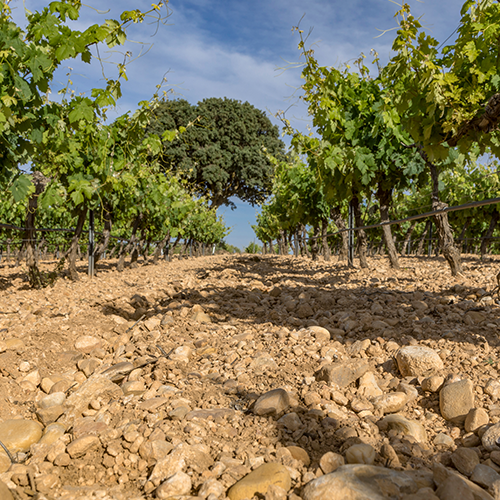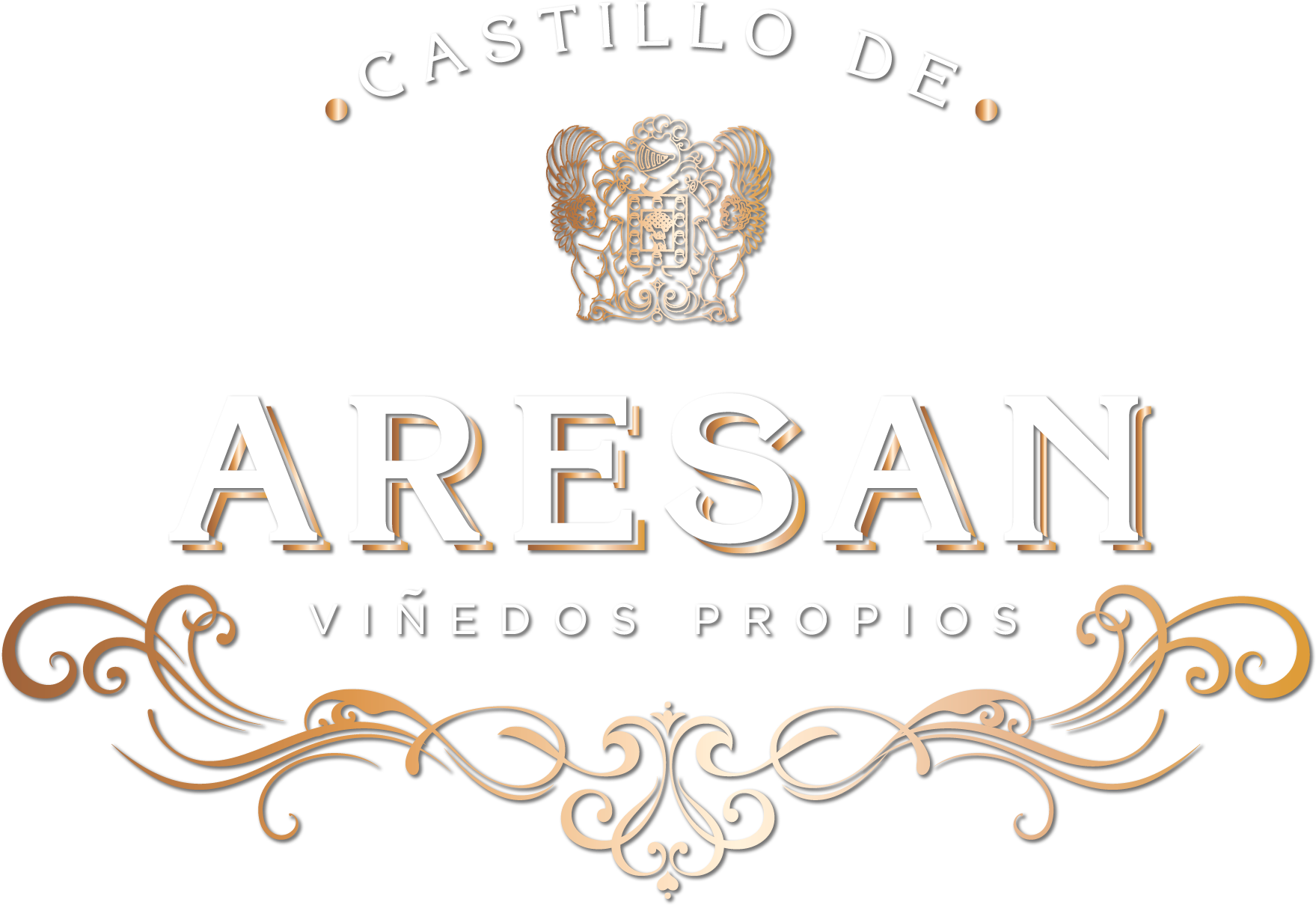Due to its size, La Mancha is the wine region par excellence, and the quality of its wines is universally recognized.
The five provinces which make up the region have their own climate and soils where both autochthonous and foreign grape varieties are grown.

VINEYARDS
Castillo de Aresan is located in the lands of Villarrobledo in the province of Albacete, at 750 metres above sea level. The 200 hectares of vineyards face south east. We have 172 hectares planted between 32 plots and 11 varieties.
Eighty-five percent (85%) of the vines are red varieties: Tempranillo, Garnacha, Merlot, Syrah (or Shiraz), Cabernet Sauvignon, Petit Verdot and Cabernet Franc. The remaining 15% are white varieties, with Verdejo, Sauvignon Blanc, Chardonnay and Airen.
Most of the vineyard is grown on trellises, except for the goblet-trained Airen. Field work such as pruning and harvesting is carried out using sustainable and environmentally friendly techniques. We respect and care for the grapes and the fruit is harvested at its optimum ripeness, ensuring the quality and balance of the wines..
The organic management of the vineyard is facilitated by its geographical location and natural climatic conditions. The vineyard surrounds the winery, which facilitates the control of the vines and work in the winery.
The altitude provides the plants with natural protection against diseases and naturally reduces the population of insects which are aggressive to the vine, that enables limiting vine protection treatments.
- Climate: Continental
- Temperature: Up to +40ºC in summer and sub-zero temperatures in winter
- Altitude: Between 500 and 750 metres
- Soil: Mostly calcareous clay, with clay-limestone plots
- Planting: Trellis and goblet

“The grape, as the raw material of the wine, is the real star of the winemaking process””
Irene Martínez, Oenologist


TERROIR
The Castillo de Aresan vineyard is located upon three types of soil which imbue great typicity and complexity to our wines.
To the north of the estate the soil is a shallow a clay-calcareous soil, with a limestone (chalk) layer which blocks the roots.
In the plots closest to the winery, the soil is a clay-rocky soil with considerable gravel on the surface and clay at greater depths.
Finally, to the south, a very deep clay-sandy soil with considerable sand which allows for exceptionally good drainage despite being drought sensitive..
The climate of the area is typically continental, with a wide variation in temperature between day and night, reaching +40ºC in summer and sub-zero temperatures in winter.
Despite the altitude, the vines are subjected to intense water stress. The winery having a localised drip irrigation system, which is only used when rainfall is scarce. And availing ourselves of a water recovery tank for a conscious use of water in the vineyard.
